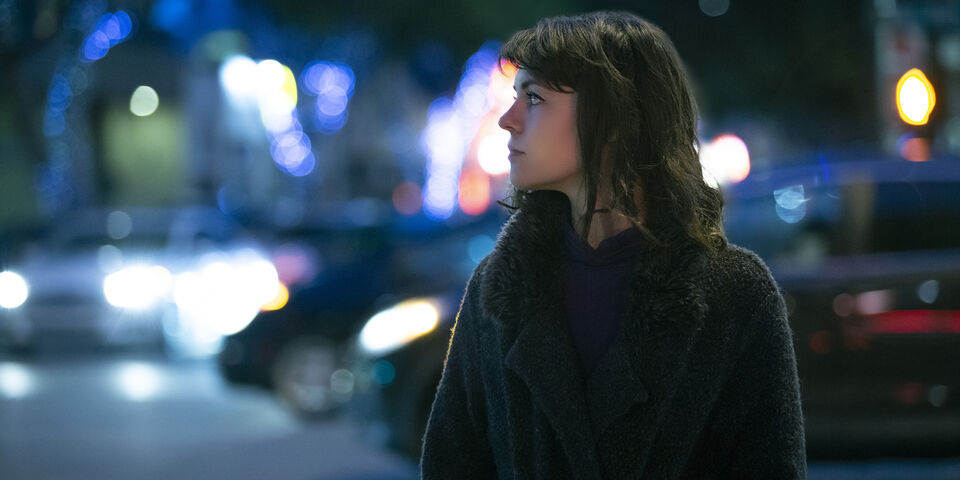Students, too, claim the night
Within days, the campaign ‘We claim the night’ raised over half a million euros. Students, too, are expressing concern about women’s safety. Safety has long been a top priority at TU/e, and the risks are mainly outside the campus, says TU/e Diversity & Wellbeing Officer Lara Hofstra.
‘We claim the night’ was launched by Danique de Jong following the murder of 17-year-old Lisa from Abcoude, who was killed last week on her way home after a night out in Amsterdam.
The week before, another woman in the same area was the victim of sexual assault, presumably by the same perpetrator. This sparked outrage. “No matter how we look, where we are, or what time it is: let women get home safely,” is the message of the campaign.
Responsibility
Female students do not always feel safe either. “At night, I always cycle faster, stay more alert, use only one earbud so I can hear what’s happening, and I permanently share my location via my phone with a few people, so someone always knows where I am,” a student from Maastricht told university newspaper Observant.
During the introductory week in Nijmegen, there was also a near-miss. On Wednesday evening, an attempt was made to force a student cycling home into a car, the introductory week coordinator told Brabants Dagblad. Fortunately, nothing happened, but Nijmegen students are advised not to cycle home alone.
“The safety of women is still far too often seen as their own responsibility, but it is not,” emphasizes Mariëtte Hamer, the government commissioner leading the fight against sexual violence. She stresses the importance of making the topic discussable.
Sexual misconduct
Maaike Krom, chair of the National Student Union, agrees. “It’s good that there is now more attention, but it’s terrible that it has taken a life to get here.”
Earlier this year, it emerged that half of all female students in higher education had recently been victims of sexual misconduct. For one in six students at universities of applied sciences and one in four students at research universities, it escalated to physical violence.
Educational institutions
“Educational institutions can help students who have become victims,” says Krom. “But students often don’t know where to turn.”
Sarah Evink, chair of the Inter-university Student Consultation, adds: “I have seen that in recent years there has been more attention to this. Some introductory weeks, for example, organized a ‘walk home together’ this year. It is important that institutions create an open atmosphere so that if something goes wrong, there is a safe place to talk about it.”
“Look out for each other”
Lara Hofstra, Diversity & Wellbeing Officer at TU/e, calls the national initiative a good step but emphasizes that safety within student associations and on campus has already been a top priority for years. “Within student associations, a strong focus on safety has been in place for many years – for both men and women. There are codes of conduct, trainings on how to address problematic behavior, and responsible alcohol use is actively promoted. At association parties, it is often ensured that female students do not have to go home alone.” According to Hofstra, campus safety is well organized, partly thanks to security personnel who monitor the campus and can respond immediately to reports.
The risks, she says, lie mainly outside the university, for example at busy nightlife areas such as Stratumseind. “Alcohol often plays a major role there,” she says. “But unfortunately, you can always encounter people with bad intentions anywhere.” The university cannot influence this, she notes.
Hofstra stresses the importance of students remaining alert and taking preventive measures. “A night out? Plan in advance how you will get home and don’t leave each other alone.” Her message: “Look out for each other, take good care of each other.”


Discussion